Growth in Filtration Applications
The Melt Blown Fabric Market is witnessing substantial growth in filtration applications, particularly in air and liquid filtration systems. The unique properties of melt blown fabrics, such as their fine fiber structure and high surface area, make them ideal for capturing particulate matter and contaminants. Recent statistics suggest that the filtration market is expected to expand at a CAGR of approximately 8% over the next five years. This growth is likely to be fueled by increasing environmental regulations and the need for cleaner air and water. Consequently, the demand for melt blown fabrics in the filtration sector is anticipated to rise, presenting significant opportunities for manufacturers within the Melt Blown Fabric Market.
Advancements in Nonwoven Fabric Technology
Technological advancements in nonwoven fabric production are significantly influencing the Melt Blown Fabric Market. Innovations in manufacturing processes, such as improved fiber spinning techniques and enhanced bonding methods, are leading to the development of higher-quality melt blown fabrics. These advancements not only enhance the performance characteristics of the fabrics but also reduce production costs, making them more accessible to a wider range of applications. The nonwoven fabric market is projected to grow at a CAGR of around 7% in the upcoming years, indicating a favorable environment for the Melt Blown Fabric Market to thrive. As manufacturers continue to invest in research and development, the potential for new applications and improved product offerings appears promising.
Increasing Focus on Hygiene and Sanitation
The Melt Blown Fabric Market is benefiting from an increasing focus on hygiene and sanitation across various sectors. The rise in consumer awareness regarding cleanliness and health has led to a greater demand for products that utilize melt blown fabrics, particularly in hygiene products such as wipes, diapers, and feminine hygiene items. Market analysis indicates that the hygiene products segment is expected to grow at a CAGR of approximately 6% over the next few years. This trend suggests that manufacturers in the Melt Blown Fabric Market may find lucrative opportunities by diversifying their product lines to cater to the growing demand for hygiene-focused applications.
Regulatory Support for Sustainable Materials
The Melt Blown Fabric Market is likely to benefit from increasing regulatory support for sustainable materials. Governments and regulatory bodies are implementing policies that encourage the use of eco-friendly materials in various applications, including textiles and packaging. Melt blown fabrics, which can be produced from biodegradable polymers, align well with these sustainability initiatives. Recent reports indicate that the market for sustainable textiles is projected to grow at a CAGR of around 9% in the coming years. This regulatory environment may drive innovation and investment in the Melt Blown Fabric Market, as manufacturers seek to develop sustainable solutions that meet both consumer demand and regulatory requirements.
Rising Demand for Personal Protective Equipment
The Melt Blown Fabric Market is experiencing a notable surge in demand for personal protective equipment (PPE). This increase is primarily driven by heightened awareness regarding health and safety standards across various sectors, including healthcare and manufacturing. Melt blown fabrics, known for their superior filtration capabilities, are integral in the production of masks, gowns, and other protective gear. According to recent data, the PPE market is projected to grow significantly, with a compound annual growth rate (CAGR) of over 10% in the coming years. This trend indicates a robust opportunity for the Melt Blown Fabric Market, as manufacturers seek to enhance their product offerings to meet the evolving needs of consumers and regulatory bodies.


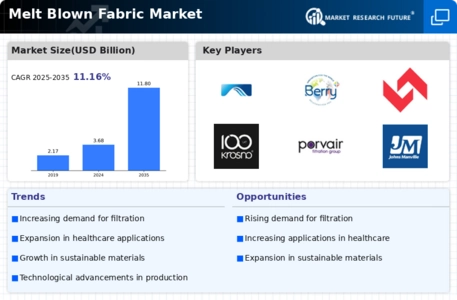
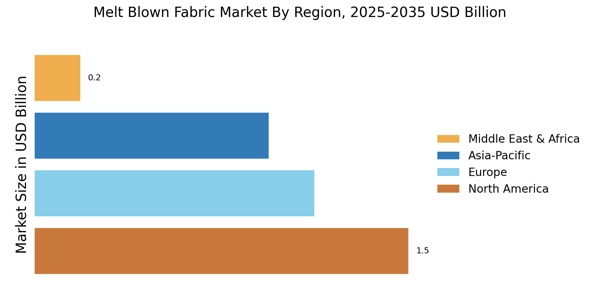
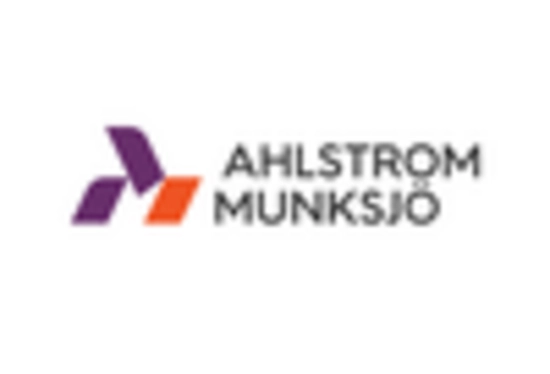
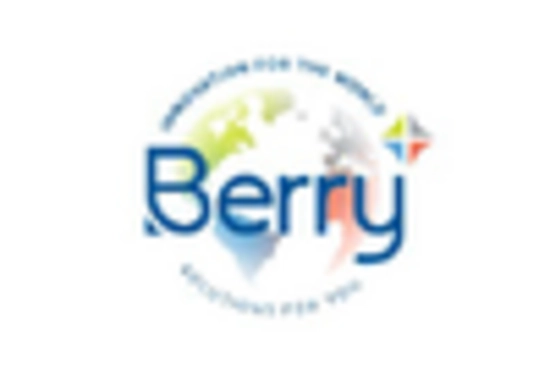

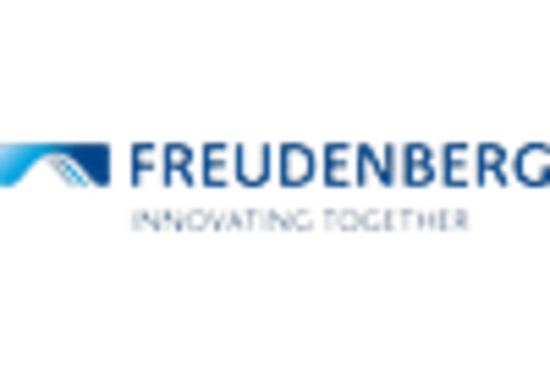
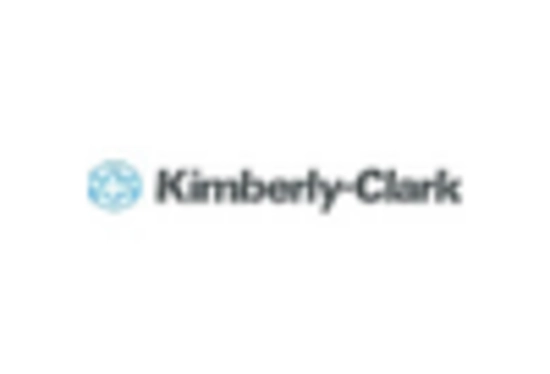
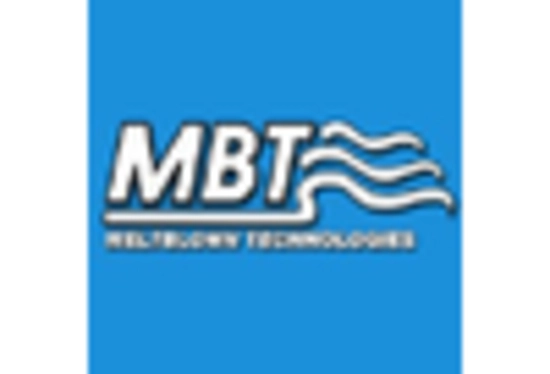








Leave a Comment